
930482 Rev. A
V I . G e n e r a l W a r n i n g s
15
To Reduce The Risk Of A Fall Or Tip-Over:
1. Consult your supplier for information on modifications authorized by Sunrise
before you modify or adjust this chair.
NOTE–
You may need to make additional changes to correct the center of balance.
2. Use extreme care until you know the balance points of this chair and how to
avoid a fall or tip-over.
N. TRANSFERS
It is dangerous to transfer on your own. It requires good balance and agility. Be
aware that there is a point during every transfer when the wheelchair seat is not
below you. To avoid a fall:
1. Always turn off power before you transfer to or from your chair. If you fail to do
so you may touch the joystick and cause your chair to move when you do not
expect it.
2. Make sure motor locks are engaged. This keeps the chair from moving when
you transfer.
3. Work with your health care professional to learn safe methods.
•Learn how to position your body and how to support yourself during a transfer.
•Have someone help you until you are sure you can do a safe transfer
on your own.
4. Move your chair as close as you can to the seat you are transferring to.
If possible, use a transfer board.
5. Rotate the front casters until they are as far forward as possible.
6. Be careful of the footrests. If you can, remove or swing them out of the way.
•Never stand on footrests when you transfer. Doing so may damage them or
cause your chair to tip.
•Make sure your feet do not “hang up” or get caught in the space between
the footrests.
7. Make sure armrests do not interfere.
8. Transfer as far back onto the seat surface as you can. This will reduce the risk
that you will miss the seat or fall.
V I . G e n e r a l W a r n i n g s
930482 Rev. A
14
J. TERRAIN
1. This chair is designed for use on firm, even surfaces such as concrete, asphalt
and indoor flooring.
2. Do not operate your chair in sand, loose soil or over rough terrain. Doing so may
damage wheels, bearings, axles or motors, or loosen fasteners.
K. STREET USE
In most states, power chairs are not legal for use on public roads. Be alert to
the danger of motor vehicles on roads or in parking lots.
1. At night, or when it is hard to see, use reflective tape on your chair and clothing.
2. It may be hard for drivers to see you. Make eye contact with drivers before you
proceed. When in doubt, yield until you are sure it is safe.
L. MOTOR VEHICLE SAFETY
To date, there is not an approved tie-down system for transporting this
wheelchair in a motor vehicle.
1. Never sit in this chair while in a moving vehicle. In an accident or sudden stop
you may be thrown from the chair.
•Wheelchair belts are designed to position the rider only and will not protect
you in an accident; further injury may result from the belts.
2. Always move to an approved vehicle seat. You must be secured with proper
motor vehicle restraints.
3. Never transport this chair in the front seat of a vehicle. It may shift and
interfere with the driver.
4. Always secure this chair so that it cannot roll or shift.
M. CENTER OF BALANCE
The point where this chair will tip forward, back, or to the side depends on its center
of balance and stability.
The Center Of Balance Is Affected By:
1. The seat height and seat angle.
2. A change in your body position, posture or weight distribution.
3. Using this chair on a ramp or slope.
4. The use of a back pack or other options, and the amount of added weight.
All manuals and user guides at all-guides.com


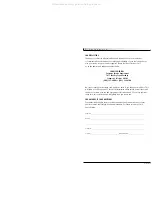
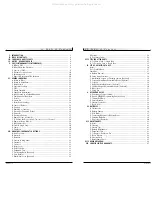


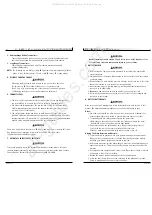
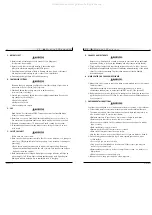
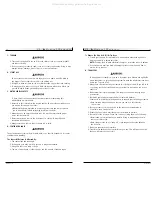

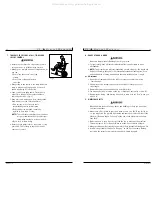


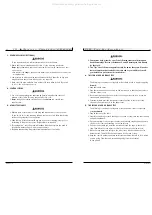
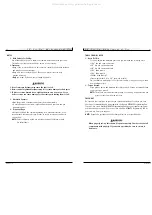
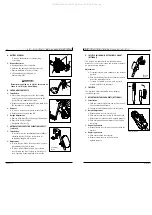


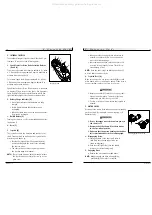












![Dietz AS[01] Operating Instructions Manual preview](http://thumbs.mh-extra.com/thumbs/dietz/as-01/as-01_operating-instructions-manual_2495921-01.webp)









